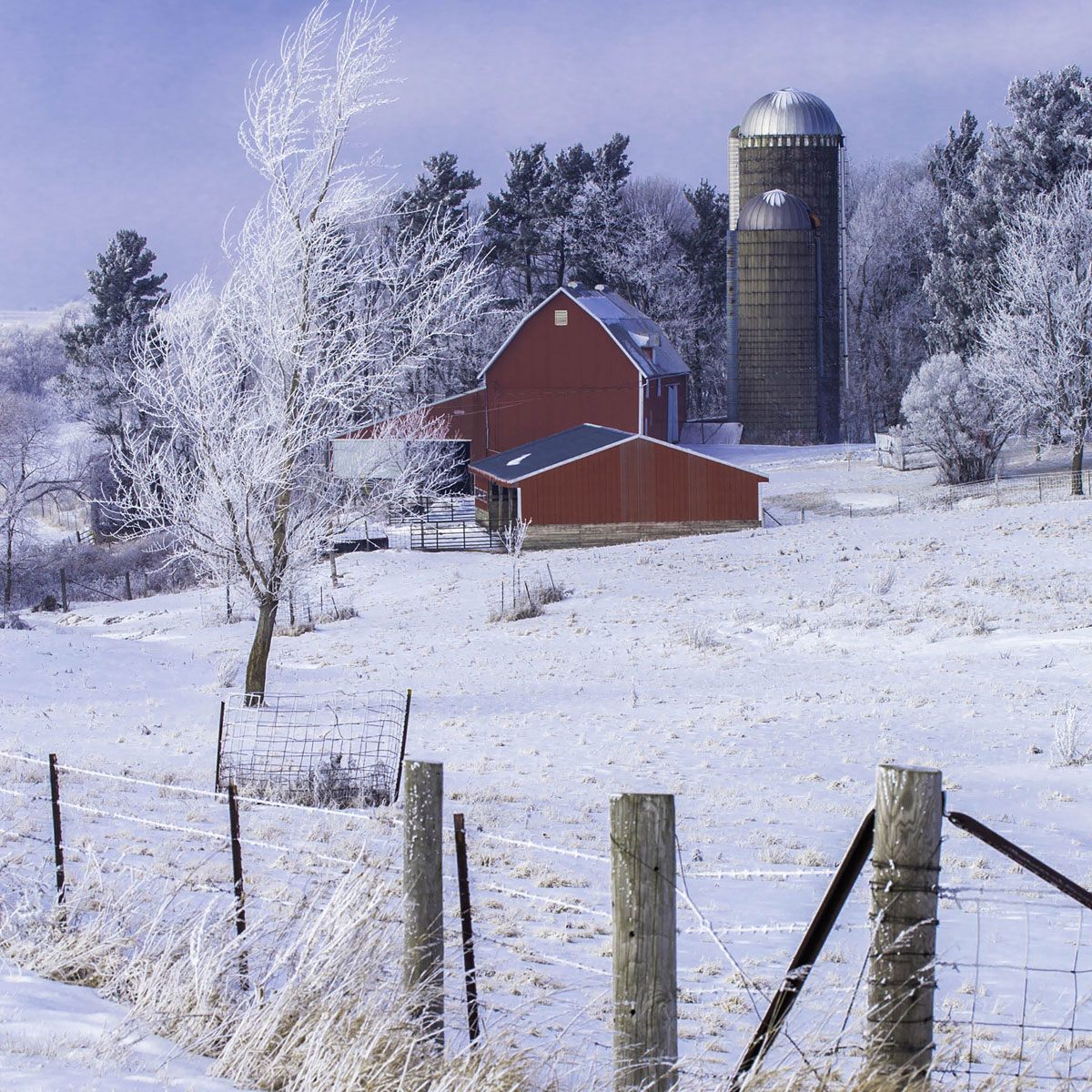7 facts about the winter solstice – Nocturnal animals and human night owls may rejoice during the winter solstice. On the winter solstice, people can witness the Earth’s longest night and shortest day of the year for their respective hemispheres.

For individuals living in the northern hemisphere, the winter solstice generally occurs between December 20 and 23 each year. Those in the southern hemisphere experience the winter solstice between June 20 to June 23.
In 2019, the northern hemisphere’s winter solstice occurs on December 21. The solstice may come and go unnoticed, but it’s an interesting day on the calendar.
1. Not only will the winter solstice occur on a specific date, it also occurs at a specific time when the Earth’s semi-axis tilts furthest from the sun. This corresponds to when the North Pole is aimed away from the sun on the 23.5 degree tilt of the Earth’s axis. At this point, the sun also shines directly over the Tropic of Capricorn. The information and trivia site Mental Floss says the solstice happens at the same moment for everyone on the plane. However, the hour it occurs depends on your time zone.
2. Areas of the Northern Hemisphere can have varying lengths of day and night on the solstice. For example, New York City may have nine hours and 15 minutes of sunlight on the winter solstice. If that upsets New Yorkers, they may be happy to be outside parts of Finland, some of which get less than six hours of sunlight on the solstice.
3. The word “solstice” is derived from Latin and means “sun stands still.” It was chosen to describe this cosmic phenomenon because the solstice sun seemingly appears in the same position at noontime for several days before and after the winter solstice – at its lowest point in the sky.
4. It is easy to mistake the solstices for the equinoxes, which also occur twice a year. However, the equinoxes occur in fall and spring and mark when the sun is directly above the equator and night and day are of equal length.
5. Despite the winter solstice indicating the beginning of the astrological winter, it may not be the coldest time of the season. Usually those temperatures are reserved for January and February.
6. The Farmer’s Almanac reports that many cultures marked the arrival of the solstice as a time of death and rebirth. Early man also kept track of the days by observing the sun’s position in the sky. In fact, historians believe Stonehenge was created to monitor the sun’s yearly “movement.”
7. Many traditions associated with Christmas originated during Pagan celebrations for the winter solstice. For example, Scandinavians would burn a juul (yule) log in the hearth in honor of the god Thor. Thor’s job was to bring the sun’s warmth back to the people.
While the winter solstice and the lack of sunlight synonymous with it may not be something everyone looks forward to, there is a silver lining. Following the winter solstice, the hours of sunlight gradually increase by the day, eventually paving the way for the spring equinox.
Article compliments of MetroCreative. TF19C543












